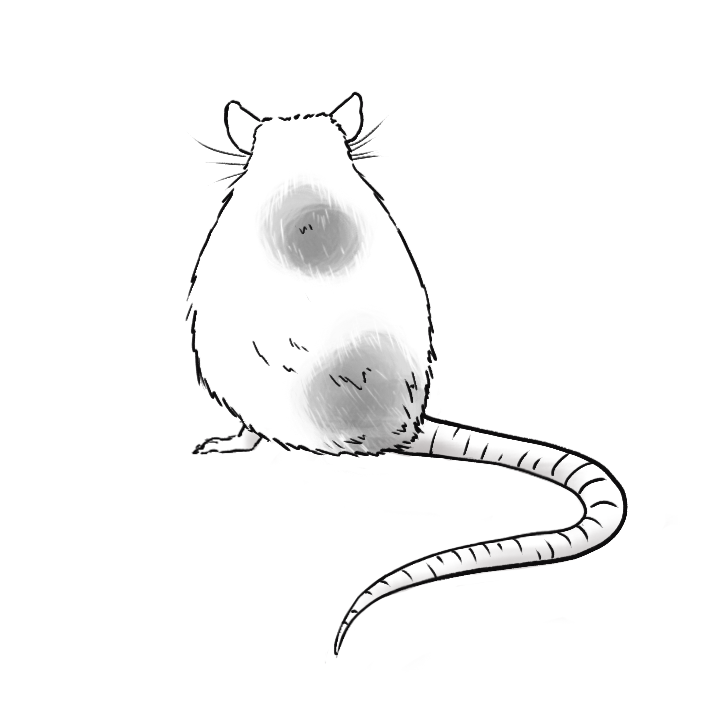First of all:
There are no fixed rules as to where proofreading ends and editing begins. Every editor has his or her own ideas, and you will probably search in vain to find exact or even matching definitions on the internet. This text, therefore, primarily reflects my own take on the subject.
The first and most important distinction we need to make is between editing and proofreading. Proofreading is simply the correction of errors, while editing also takes linguistic, stylistic, and content-related aspects into account. There are many forms of editing. The two I will be focusing on here are copy editing and content editing. So, let’s take a closer look:
Proofreading – the bare essentials
A proofreader corrects mistakes – and that is all he or she does. There is no room for opinions or preferences in a proofreader’s work. He or she will correct something only if they can prove that it is wrong, usually by consulting a dictionary, grammar book, or style guide.
A proofreader primarily looks for:
- grammatical mistakes
- incorrect spelling and
- errors in punctuation.
In addition, they will usually check the following:
- character and line spacing
- correct hyphenation
- consistent spelling (e.g. of names).

Rat meat is a staple food in many areas of Asia as well as parts of West Africa.
And that’s it. A proofreader does not change the style or content of the text, nor does he or she make suggestions for improvement. In other words: If someone merely proofreads your work, you may end up with a text which is written in correct English but nonetheless riddled with word repetitions and cumbersome phrasing, making it difficult to read.
Simple proofreading is usually only an option when your text is already perfect in terms of content and language. As a rule, your work should already have undergone thorough editing before you hand it to a proofreader. He or she should ideally work on the final version of your copy.
Copy editing – fine style
While a proofreader corrects only obvious errors, a copy editor will also make sure that the text is easy to understand as well as written in good English and that the overall tone of the text will reach your target audience. He or she will remove redundant or repetitive expressions, smooth out awkwardly phrased sentences and check that the wording is precise, thereby improving the reading flow and generally upgrading the text. They might also do some basic fact-checking, such as URLs, the spelling of names, or historical dates.
The copy editor will almost always rephrase your work to a certain degree or write suggestions for improvement into the margin. However, he or she will leave your writing style – your personal voice – intact as much as possible.
Content editing – seeing the bigger picture
You’ve guessed it: Content editing is primarily about the content of your work. Instead of going through your text one line at a time, your content editor will be looking at the whole shebang. He or she will track down logical errors and incorrect arguments, check your facts, change the structure of your text where necessary, and make sure that you have stuck to your central theme.
If your work is a novel, the content editor will examine elements such as plot, character development, narrative perspective, and dialogues. Ideally, they will start doing this long before the book is finished. Conferring with your content editor at an early stage of your writing can make all the difference between an average novel and a bestseller.
To do his or her job well, your editor may need to have a certain degree of expertise in the subject you are writing about. After all, you cannot correct what you don’t understand. On the other hand, a content editor will often leave grammar and spelling errors uncorrected when working on a manuscript. This is not negligence on their part. Their focus is simply on other aspects.
As I mentioned in the beginning: The classification I have made here is in no way set in stone. Some copy editors may examine plots and characters, others will strictly look at the language. What I have named content editing may be line editing to others, while still others would call it developmental editing. For this reason, it is advisable to check with your editor to make sure they are offering what you are looking for.
0 Comments